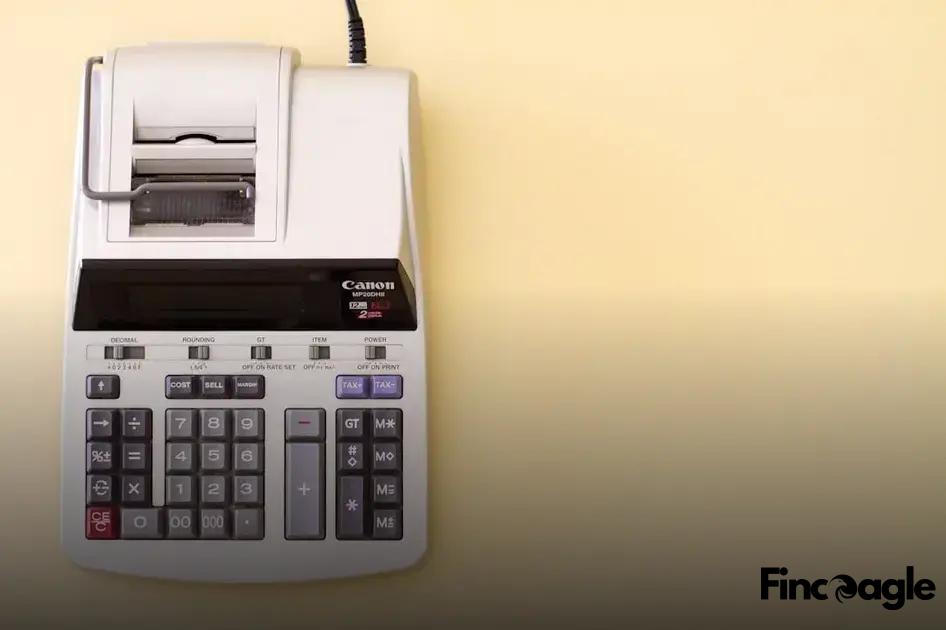The rise of the BRICS currency poses intriguing questions about its impact on the global financial landscape. With nations like Brazil, Russia, India, China, and South Africa forming a formidable economic block, their decision to pursue a unified currency could potentially disrupt the dollar’s dominance. As we explore the origins and objectives of this new monetary venture, consider the economic shifts it could trigger. What ultimately makes the BRICS currency a compelling story is not just its economic implications, but its geopolitical ramifications as well.
Origins and Objectives of the BRICS Currency
The idea of a common BRICS currency originated from discussions among the five BRICS nations — Brazil, Russia, India, China, and South Africa — as they sought to reduce reliance on the U.S. dollar in international trade. The initiative was driven by the desire for greater financial independence and stability, particularly in the face of dollar fluctuations and geopolitical tensions.
By establishing a currency that transcends individual national restrictions, BRICS aims to facilitate smoother trade operations among member countries. Additionally, the currency is intended to enhance the global economic stature of the BRICS nations, potentially offering a viable alternative to existing dominant currencies.
This currency project seeks to not only support economic integration among BRICS members but also promote a multipolar world in finance. In doing so, the group intends to provide a counterbalance to the economic influence exerted by Western economies, which heavily rely on the U.S. dollar as the primary reserve currency.
The Economic Impact of a New Global Currency

The rise of a new global currency, particularly one orchestrated by the BRICS nations—Brazil, Russia, India, China, and South Africa—presents significant ramifications for the global economy. With a focus on reducing reliance on the U.S. dollar, the BRICS currency initiative aims to alter existing trade dynamics.
Trade could become more streamlined among BRICS countries, diminishing transaction costs associated with currency conversion. This new currency might also provide an alternative for countries facing U.S. sanctions, offering a different route for international trade and financial transactions.
The foreign exchange markets could witness shifts in currency valuations and demand. As more countries potentially adopt or trade in the BRICS currency, the demand for the U.S. dollar might decline. This change could impact the U.S. dollar’s valuation, influencing everything from international loans to the cost of imports for U.S. consumers.
Global finance institutions may face new challenges, needing to adapt to a prospective change in reserve currency norms. If the BRICS currency gains traction, the International Monetary Fund (IMF) and similar organizations might need to adjust their policies accordingly.
Investment flows might follow new patterns. Emerging markets might see increased investments from BRICS countries, driven by trade facilitated by the new currency, thus altering traditional investment destinations and methods.
The introduction of a BRICS currency could also influence monetary policies worldwide. Countries traditionally pegged to the dollar might reconsider their positions, leading to potential shifts in the global monetary policy landscape.
Comparative Strengths: BRICS Currency vs. U.S. Dollar
When examining the comparative strengths of the BRICS currency and the U.S. Dollar, several critical factors come into play. The U.S. Dollar, long seen as the global reserve currency, benefits from high liquidity and wide acceptance in international transactions. This stability is boosted by the overall economic might and political influence of the United States. However, the BRICS currency, an emerging financial tool, presents unique advantages.
The BRICS nations between them represent over 40% of the world’s population, reflecting a significant market potential. These countries have vast natural resources and growing economic frameworks, creating a substantial foundation for the currency’s strength. Furthermore, as global dynamics shift, there’s a rising interest in alternatives to the U.S. Dollar due to economic diversification.
Another strength of the BRICS currency lies in its backing by a consortium of strong regional economies. The multilateral nature of the BRICS alliance offers a unique blend of regional economic strategies and robust trade relationships. This coalition strengthens the currency’s position in international finance by supporting regional markets and encouraging intra-BRICS trade.
Moreover, the technological advancements and financial innovations within BRICS countries also contribute to the robustness of their currency. These nations are investing in digital infrastructure and fintech solutions, potentially surpassing traditional banking systems and offering more adaptable payment methods. Such innovations can enhance the ease and efficiency of transactions, thereby increasing the currency’s attractiveness on a global scale.
In contrast, the U.S. Dollar faces challenges such as economic policies that might affect its stability, and geopolitical factors that can influence global perceptions. While the dollar remains a stronghold, these challenges open windows for competitors like the BRICS currency to carve out a niche in global trade and finance. The transition to a multipolar currency landscape could redistribute economic power, making the BRICS currency an intriguing player in this global shift.
Future Implications for Global Financial Markets

The introduction of a BRICS currency presents potential scenarios that could redefine the landscape of global financial markets. As this currency gains traction, we might witness shifts in international trade agreements and a re-evaluation of currency reserves across nations. Such changes may lead to modifications in how countries manage their exchange rate policies.
The BRICS alliance, encompassing Brazil, Russia, India, China, and South Africa, represents a substantial portion of the world’s population and economic output. If their new currency starts impacting global trade, it could challenge the current financial architecture that heavily relies on the U.S. dollar. Over time, this could reduce dependency on the dollar, prompting changes in the way central banks diversify their reserves.
Moreover, financial institutions worldwide may need to adjust their strategies. This currency could offer alternative mechanisms for trade settlement and possibly lead to a more multipolar financial system. A BRICS currency might also encourage countries to explore bilateral trade agreements that circumvent traditional dollar dominance, introducing varied financial products and services tailored to the unique economies within the BRICS coalition.
In such a future, we might observe a redefinition of global financial hubs as regions that facilitate this currency’s trade grow in prominence. Financial markets might also see increased volatility and adjustments as they adapt to this new currency dynamics. Consequently, international trade and investment strategies could need to recalibrate, reflecting an evolving global economic landscape.
While the extent of these shifts is uncertain, the potential introduction of a BRICS currency signals significant upcoming changes within global markets, warranting attention from policymakers and investors alike.





